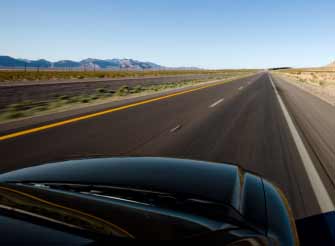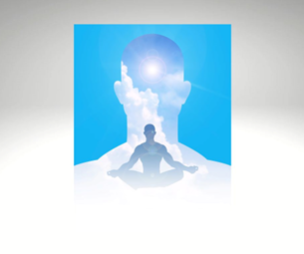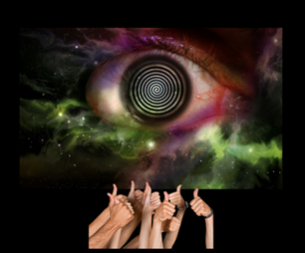Highway Hypnosis: Applications in Hypnotherapy
 “About one hour into a long drive, typically on a highway with a straightaway, you start zoning out and your reaction time slows down," according to Joshua Maxwell, an ergonomics engineer at Hyundai-Kia Technical Center. "Your brain goes into an auto-pilot phase." When a driver is in this mental state it is possible to travel many miles with little recollection of having consciously done so. And there is a greater chance of becoming drowsy.
“About one hour into a long drive, typically on a highway with a straightaway, you start zoning out and your reaction time slows down," according to Joshua Maxwell, an ergonomics engineer at Hyundai-Kia Technical Center. "Your brain goes into an auto-pilot phase." When a driver is in this mental state it is possible to travel many miles with little recollection of having consciously done so. And there is a greater chance of becoming drowsy.
Science and Engineering
Engineers from automakers Hyundai and Kia have partnered with researchers from the University of Michigan to study "highway hypnosis," to measure driver brainwaves using electroencephalograph (EEG) sensors. These sensors are able to detect when a driver begins to get drowsy and have been programmed to perk the driver up through audible and physical alerts. Currently, detecting how drowsy a driver gets during a long drive is determined by monitoring changes in their head position and the amount of times they blink their eyelids. The EEG method has the potential to determine drowsiness before typical behavior changes in head and eyelid activity can be observed.
390,000 injured/died by distracted driving
We’ve probably all had the experience of “waking up” after travelling some distance without any awareness, and it turns out to be a very serious potential driving hazard. The National Highway Traffic Safety Administration says 3,331 fatalities occurred in 2011 as a result of distracted driving. On top of that, the NHTSA estimates an additional 387,000 people were injured because of distracted driving.
So how are the engineers planning to jolt the driver awake when necessary? Maxwell said the engineers haven't come up with a specific warning system for cars yet. "It could be a sound and a visual cue. "It might be the coffee cup icon, which is familiar to most people (as a drowsy-driving alert)."
Application of Research in Hypnotherapy
Of course, there are two quite separate states of mind that have been lumped together here, using the term highway hypnosis for both. One is drowsiness, sleepiness. The other is quite different: a dissociated state in which a person can function at repetitive tasks easily while being mentally engaged in something separate. It is this ability that we use in the therapeutic use of hypnosis. An example is that in age regression the individual actually goes back to the earlier time and re-experiences it (not just remembering it as an event in the past), while he/she is able to use their adult cognitive and language abilities without awareness, without distracting attention from the age-regressed focus of attention on the re-experience.
It is possible that we may gain something useful from the University of Michigan research into driver brainwaves beyond keeping us from falling asleep at the wheel. We may learn more about this fascinating ability humans have of dissociating, and that will help us become more effective hypnotherapists.
{{cta('25928eee-7127-4709-95ac-9704deaf2e34')}}









